I’ve been using the Garmin Forerunner 970 and HRM-600 and would like to share my experience and conclusions. This review is completely self-funded, and I can stand behind every word in it. A video version is also available on YouTube.
Quick Summary
I’ve noticed many criticisms that the Forerunner 970 still uses the same NXP RT500 processor as previous generations and offers limited upgrades over the 965. But is this criticism justified? Let’s find out.
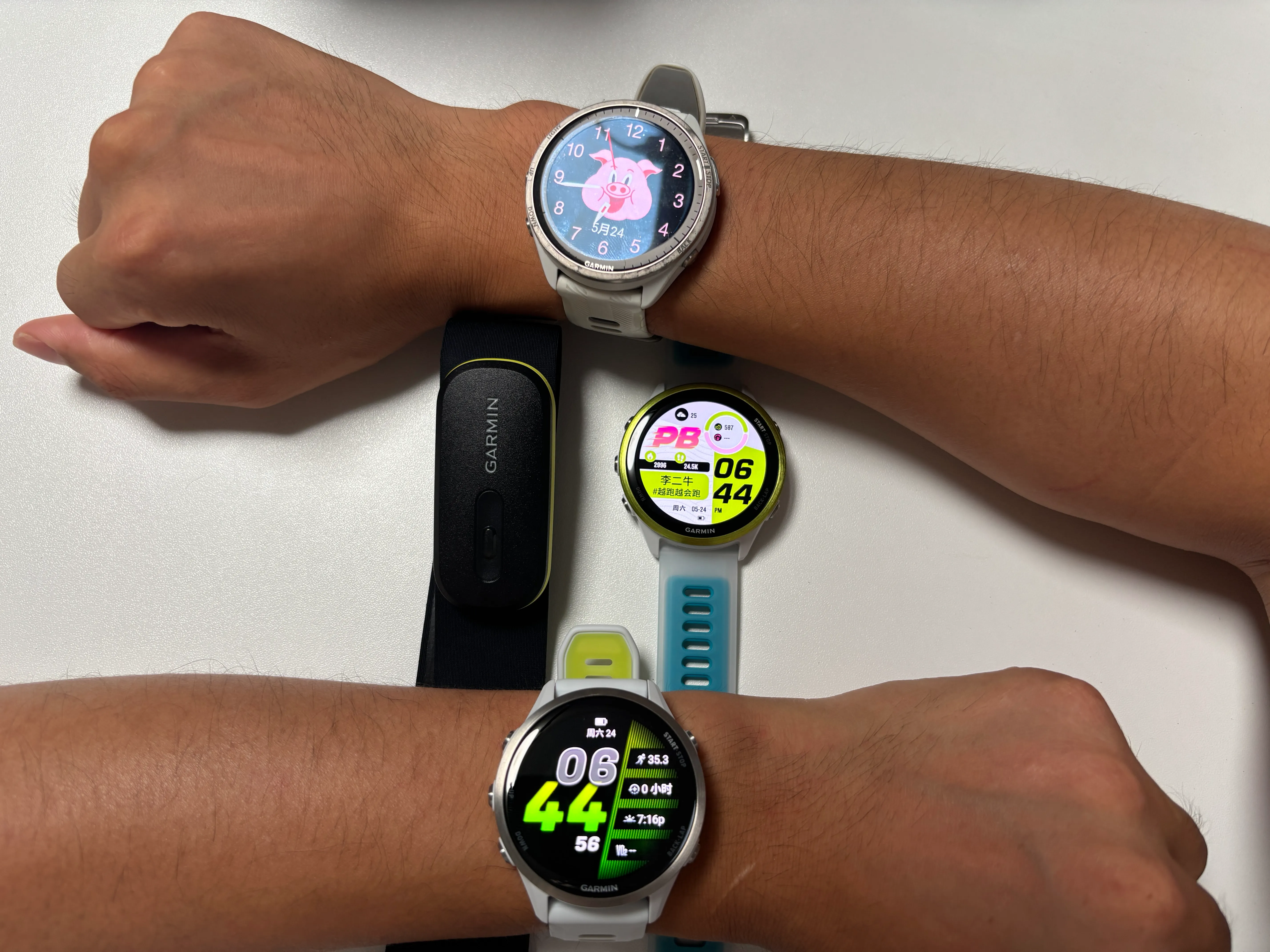
Testing Methodology
This review is based on my recent usage experience and focuses on three specific workout tests:
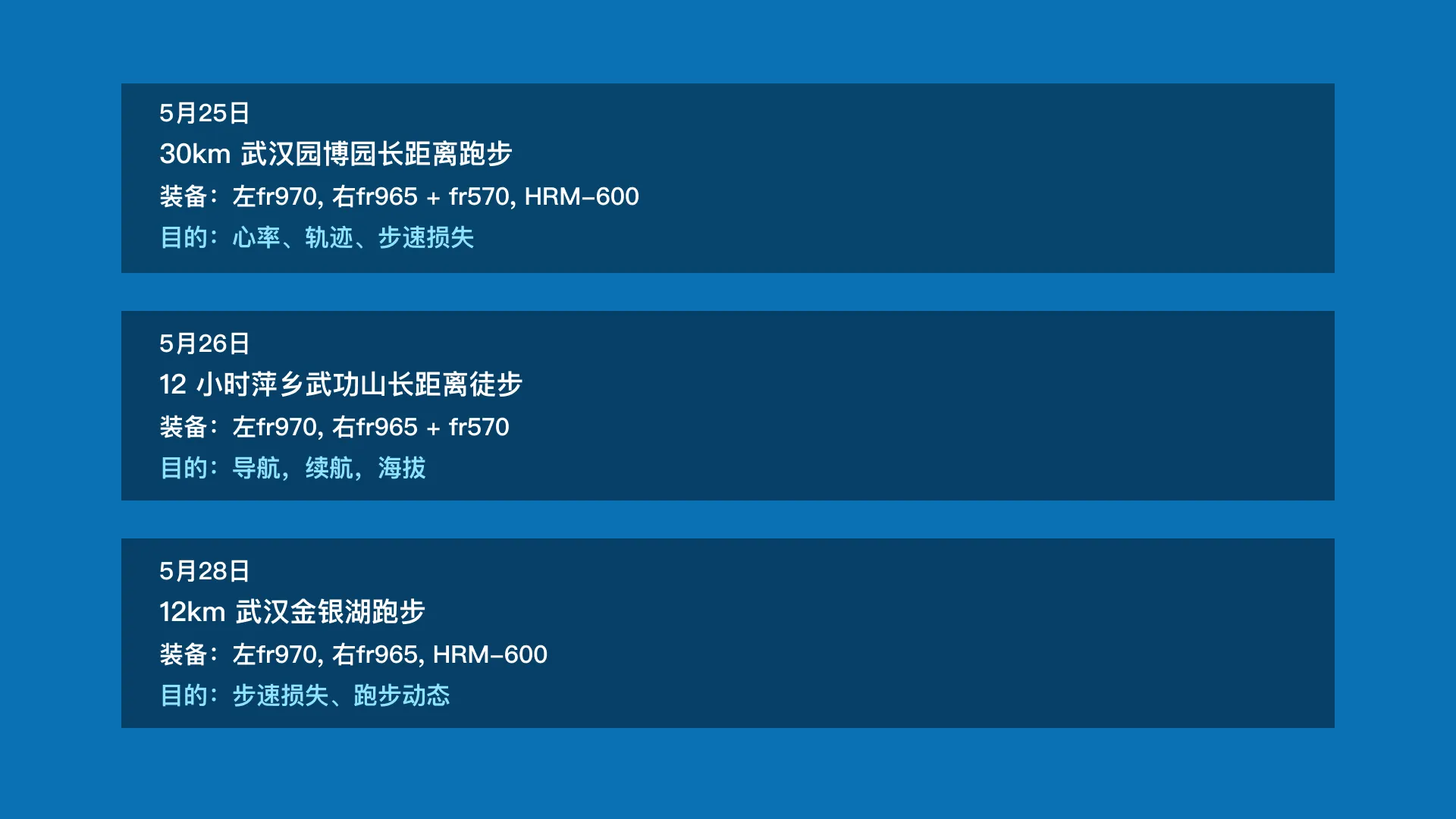
-
30km Long-Distance Run (May 25) at Wuhan Garden Expo Park - Testing heart rate, tracking, and step speed loss

-
12-Hour Hiking Expedition (May 26) at Wugong Mountain - Testing extreme battery life and outdoor features like navigation and altitude measurement
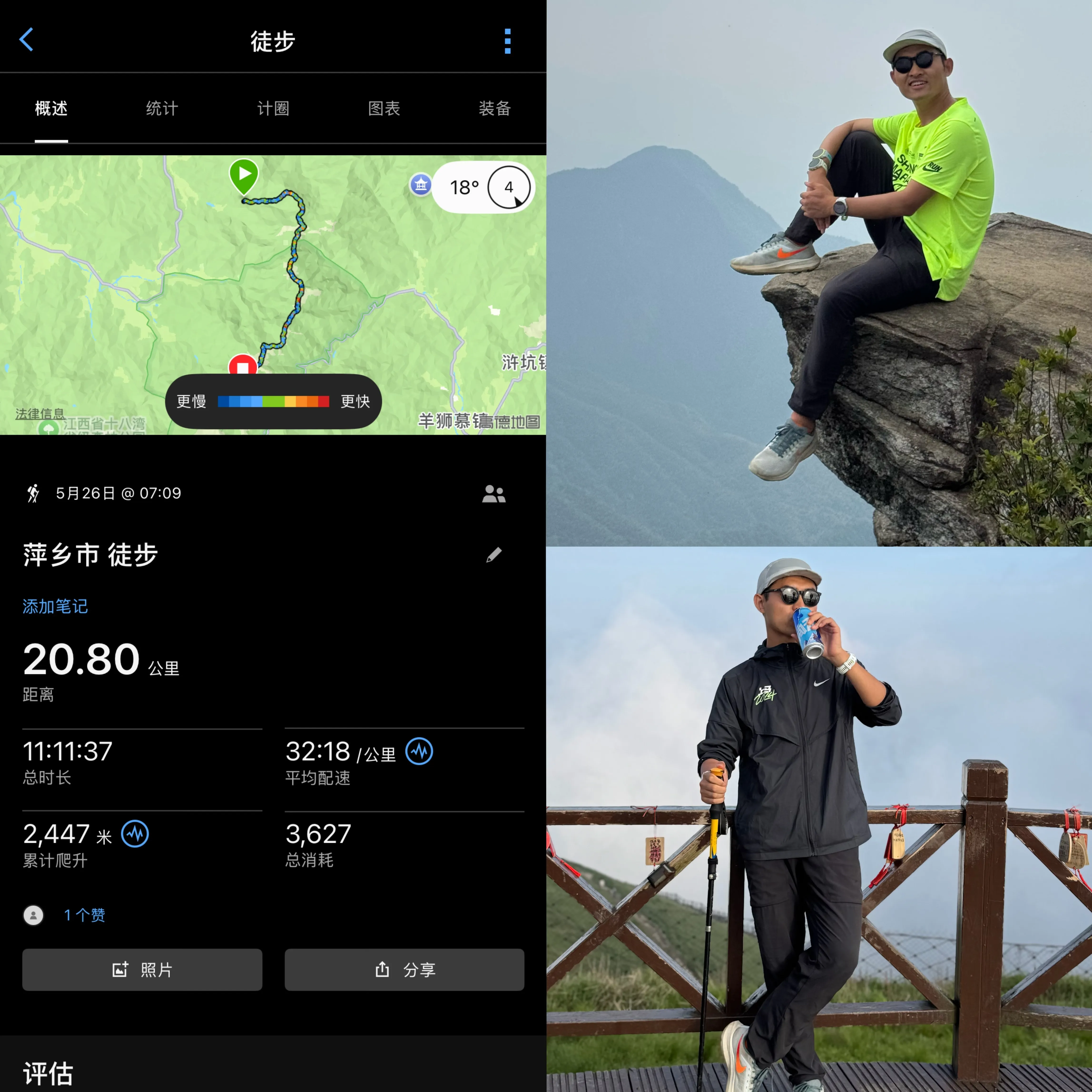
-
12km Run (May 28) at Wuhan Jinyin Lake - Examining step speed loss and running dynamics
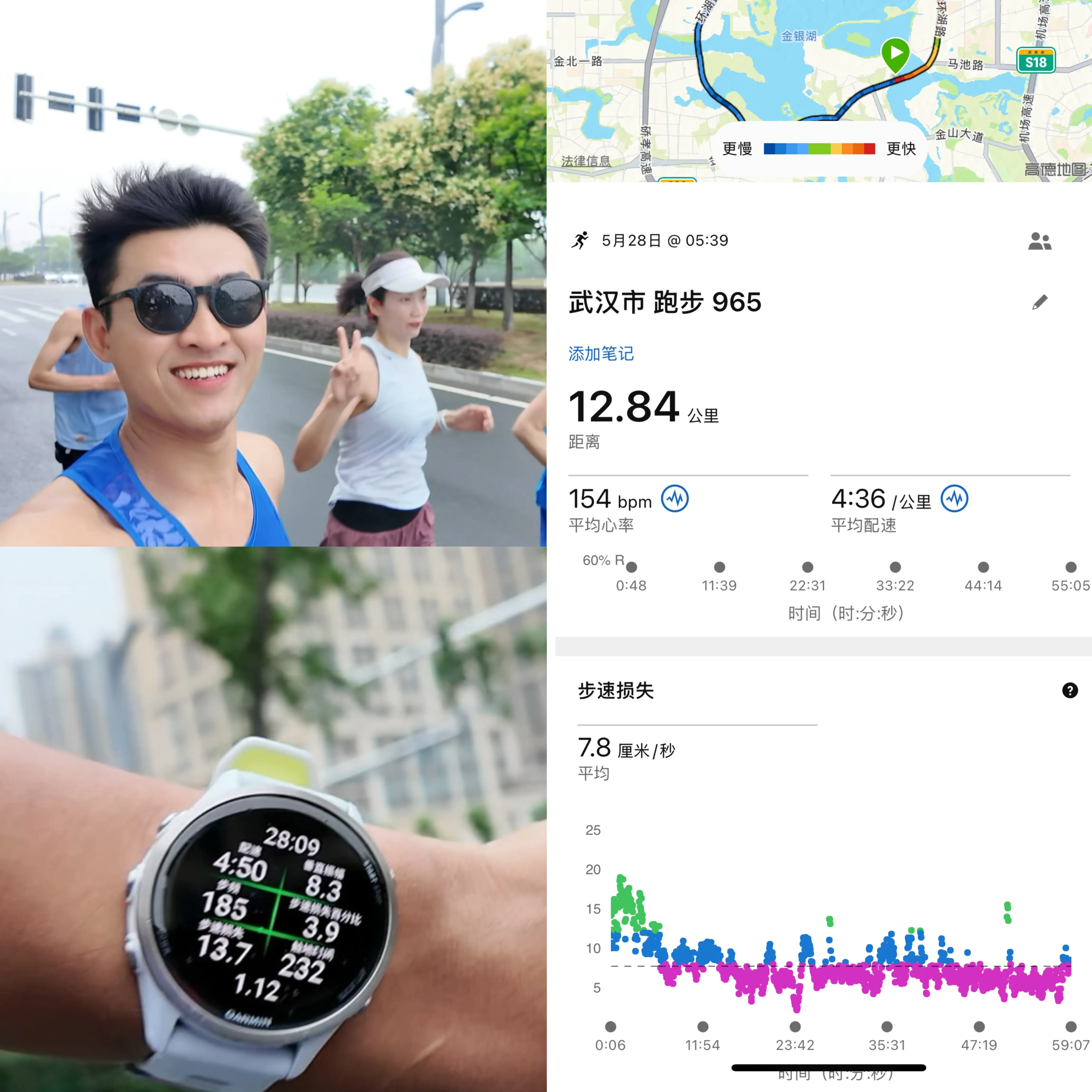
Display and Build Quality
Brightness and Visibility
Brightness: The 570 and 970 feature Garmin’s brightest displays to date. Even under direct sunlight, the screen remains clearly visible - crucial for outdoor activities.
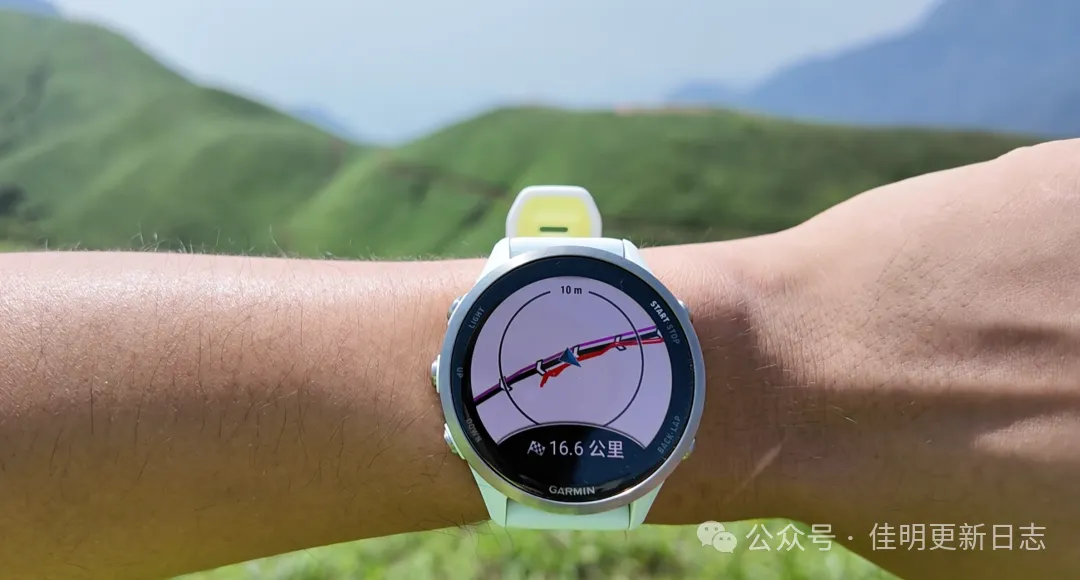
Durability
Hardness: The 970 uses a sapphire crystal screen, which is second only to diamond in hardness among natural minerals. While it’s synthetic sapphire, its quality actually exceeds natural sapphire. This makes it significantly more durable than the Corning Gorilla Glass used in the 965, which shows visible wear after two years of use even with careful handling.

UI and Interaction Improvements
The 970’s UI has been refined with more detailed and aesthetically pleasing graphics. When switching from the watch face to widget pages, the watch face background remains faintly visible, adding a premium feel reminiscent of Apple’s design language.

The user interface is more streamlined compared to previous models:
-
Widget organization is simplified with a long-press sorting function (versus the multi-step process on the 965)

-
The application list page now better balances both fitness and non-fitness apps, showing Garmin’s ambition to expand beyond just being a fitness watch. However, to truly succeed in the smartwatch space, Garmin would need to significantly expand their ConnectIQ team and address the bugs that are driving developers away.

New Features
Microphone and Speaker
The 970 introduces voice command functionality and a built-in speaker, allowing you to control the watch hands-free to some extent.

With the new speaker, you can:
- Use the metronome feature with audible feedback to control your running pace
- Play music directly from the watch
- Hear audio feedback for lap times during activities
It’s important to note that the new openings on the back and bottom of the watch need to be kept clear of debris to maintain functionality.
With both microphone and speaker, you can now answer phone calls directly from your watch. However, your phone still needs to be within Bluetooth range (Garmin’s LTE versions remain limited, with true phone-free functionality still a distant prospect).
Heart Rate Monitoring
The Forerunner 970 comes equipped with Garmin’s latest full-featured Elevate v5 optical heart rate sensor, which will support ECG functionality in the future. Garmin has already received a Class II Import Medical Device License in mainland China for their ECG software, suggesting this feature will be enabled soon.
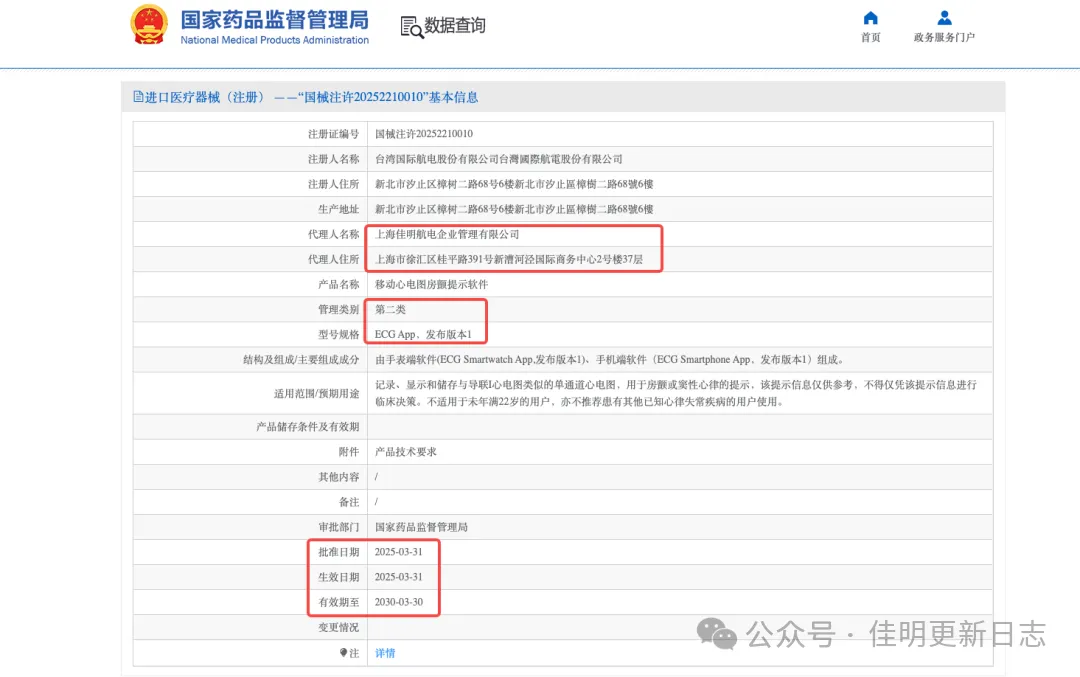
In my previous 570 review, I found its performance comparable to the V4 sensor, with slightly better response during sprint scenarios. In our 30km run test, the 970’s built-in heart rate tracking showed excellent consistency with the HRM-600 chest strap after the initial startup phase, which showed minor lag. Overall, they’re remarkably consistent.
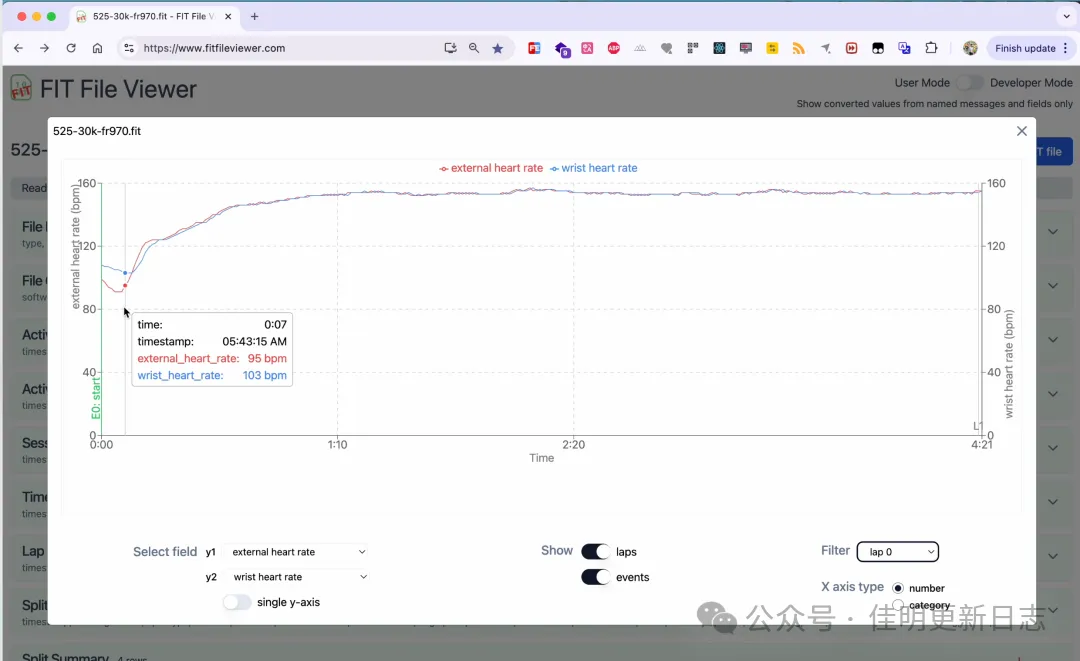
GPS and Distance Tracking
During our May 25th 30km run, when overlaying the tracks from the 570, 965, and 970, the consistency was impressive. The final measurements were:
- 570 (worn on right wrist): 30.27km
- 965: 30.00km
- 970 (worn on left wrist): 30.02km
Since I ran counter-clockwise around the course, it makes sense that the watch on my right arm (570) recorded slightly more distance as it was on the outside of the turns. The 965 showed a slightly shorter distance. For all three devices to maintain this level of similarity over 30 kilometers in multi-frequency, multi-satellite mode is quite impressive.
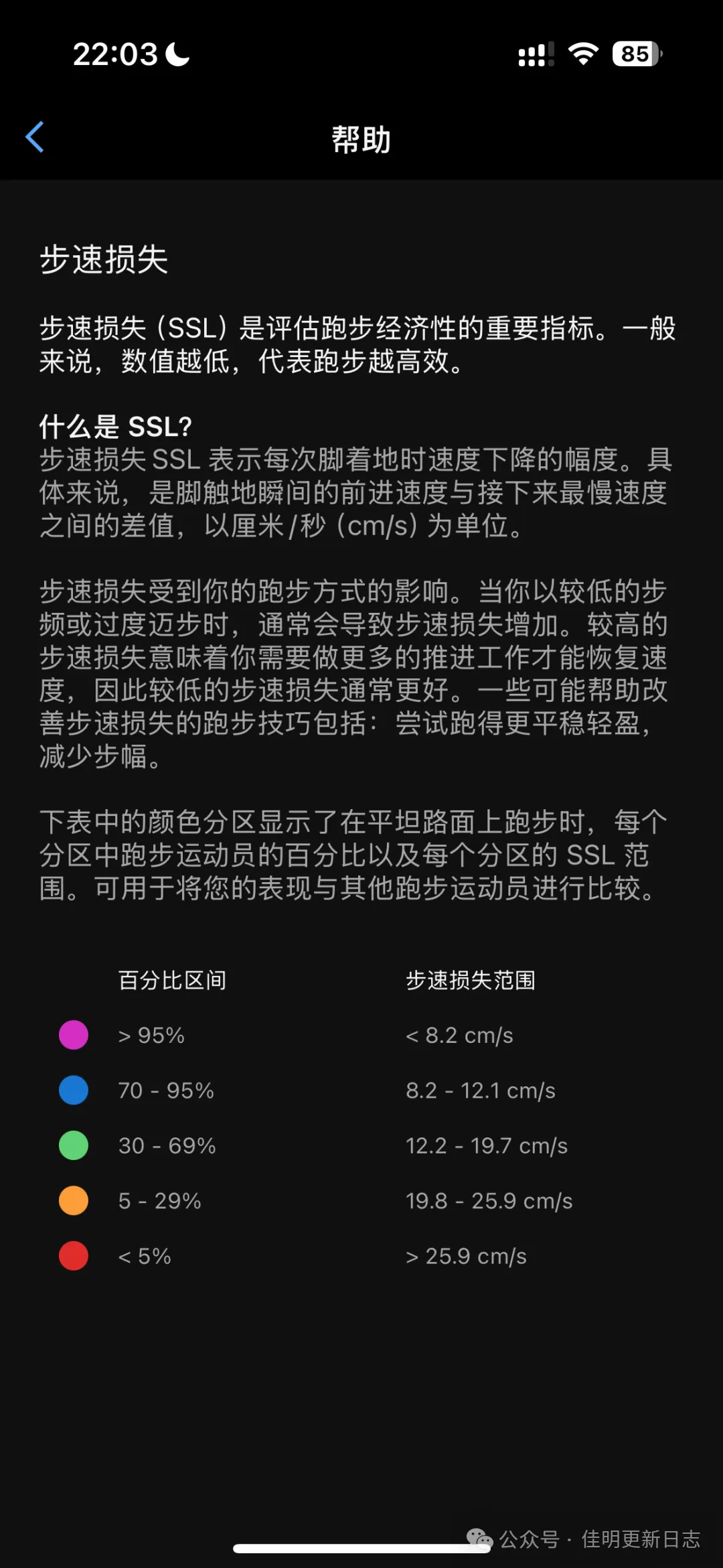

From the overlay, we can see that discrepancies mainly appeared at water stops, which is understandable as position sampling can accumulate small errors during stationary periods.
Battery Life
In my previous 570 review, I wasn’t able to test extreme battery life due to time constraints, which left me a bit disappointed. During our May 26th Wugong Mountain hike, I wore all three watches to really push their battery limits.

Hiking from Longshan Village to Wugong Mountain Tourist Center took approximately 12 hours. Let’s compare the battery levels at Wugong Mountain’s peak:
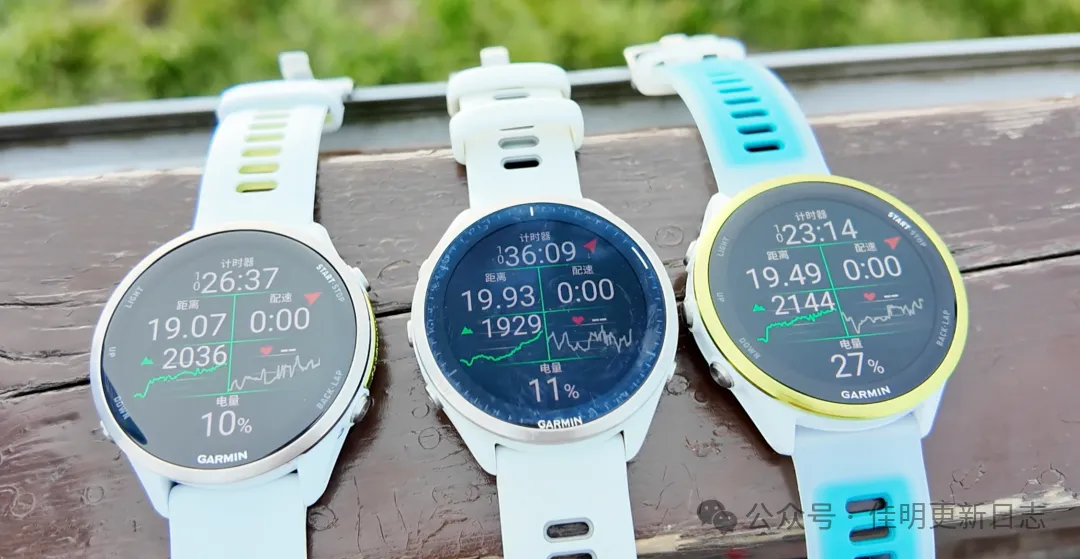
This test didn’t come close to the 970’s advertised 21-hour battery life. Garmin hasn’t disclosed exactly how they measure their battery life claims.
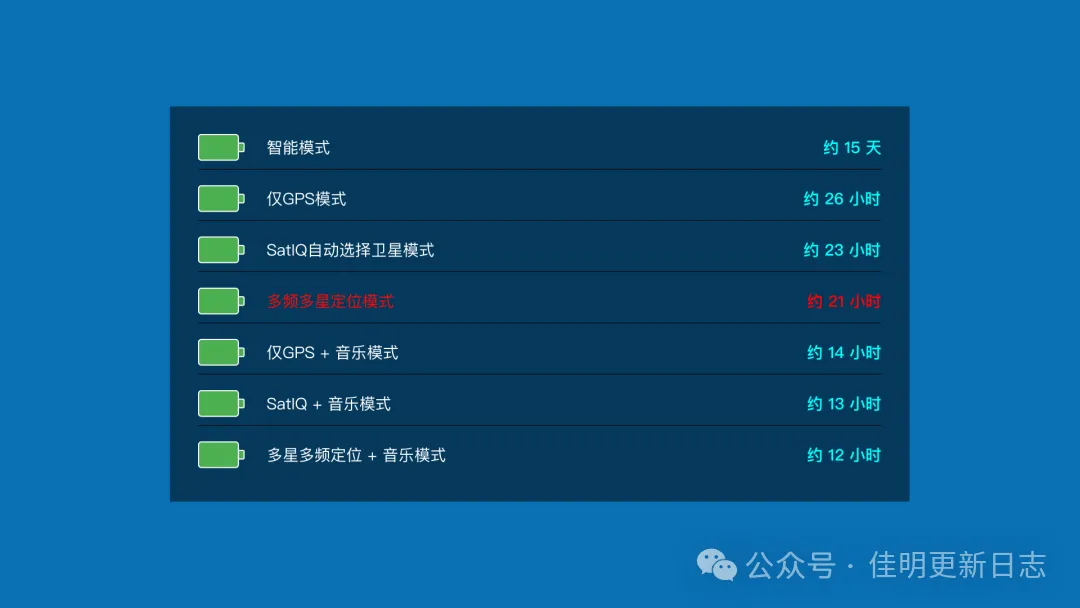
It’s worth noting that during this hike, I had always-on display enabled and had loaded a 22km route, which explains some of the discrepancy with the advertised figures. I was particularly impressed that my 965, after two years of use, still performed so well in terms of battery life.

Navigation and Altimeter Accuracy
Map Navigation
All three watches support importing routes for map navigation. The 965 and 970 both have full map capabilities, while the 570 doesn’t support maps but can still import and follow routes.
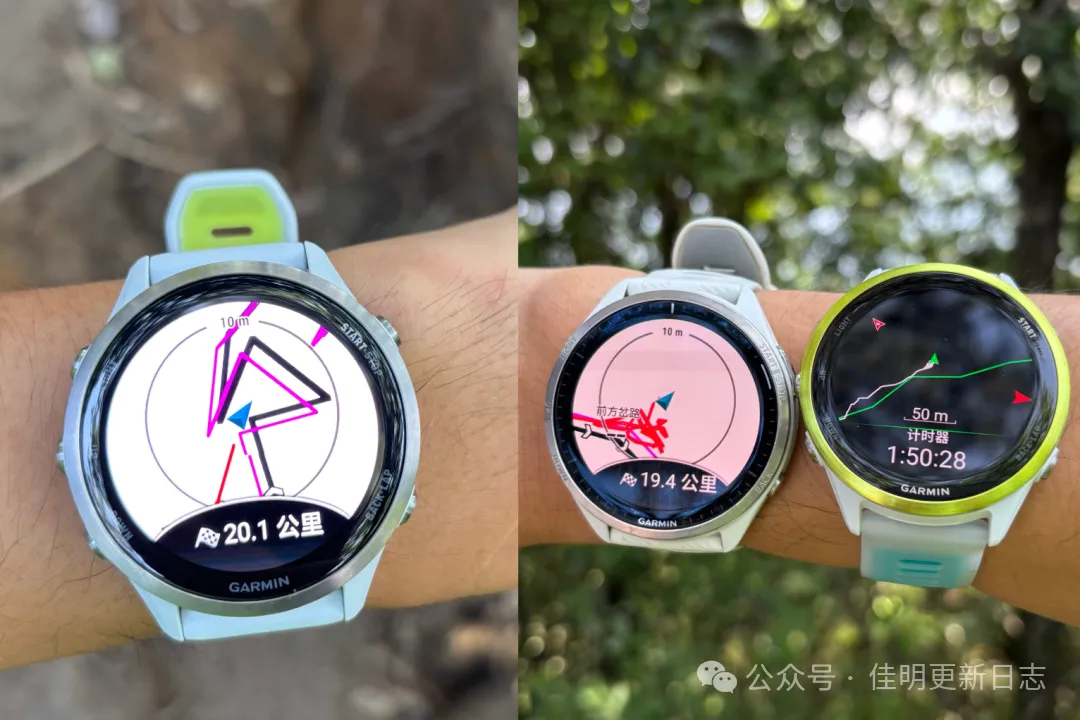
One important note: you might notice that the 970’s map page doesn’t allow long-press zooming by default. This is because the 970 aggressively disables touch functionality during activity tracking. To enable map zooming and panning, you need to specifically enable touch controls in the hiking settings or for the map page only. The same applies to running and trail running activities.
Altimeter Accuracy
In hiking scenarios, elevation is as important a progress indicator as distance. Knowing how high you’ve climbed is just as important as knowing how far you’ve traveled. When we reached Wugong Mountain’s peak, I compared the altitude readings from all three watches, and was surprised to find that the 965 was actually the most accurate.
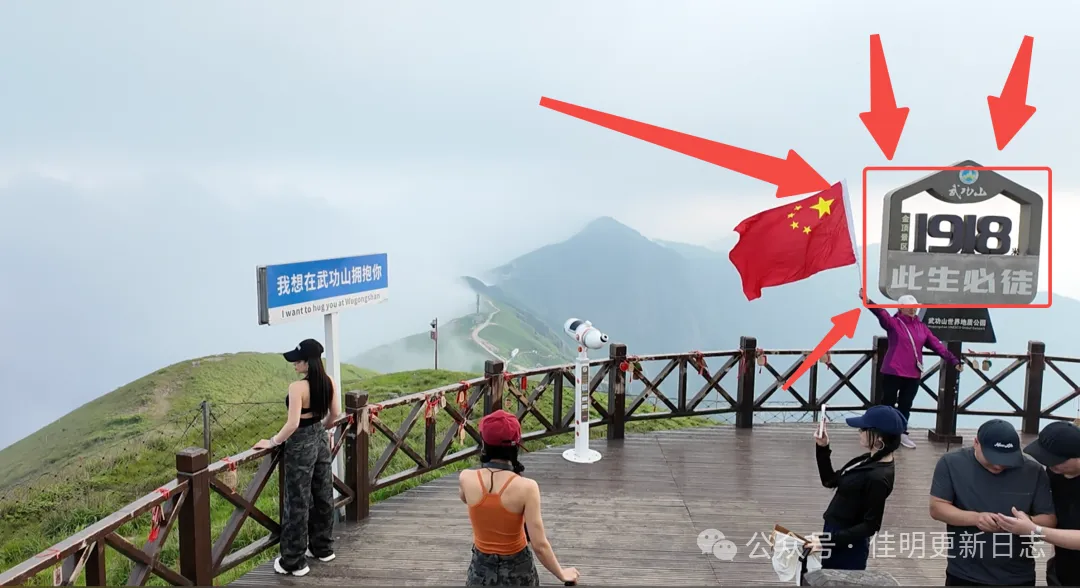
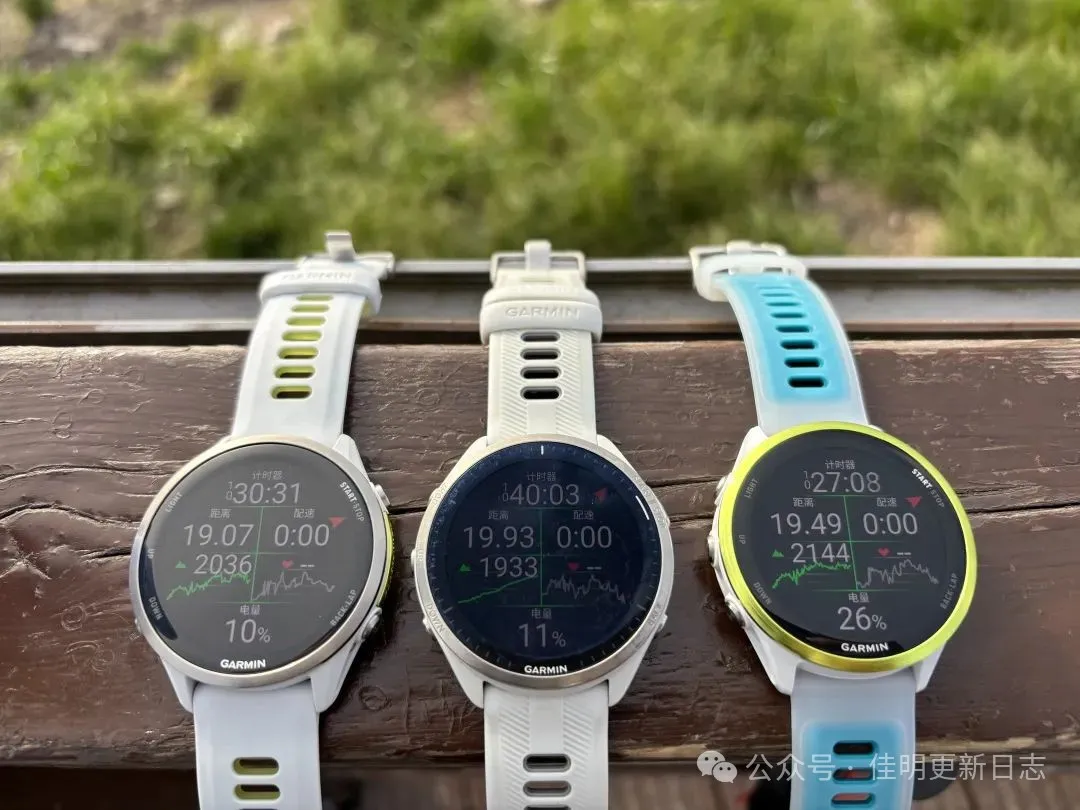
At Wugong Mountain’s officially marked 1,918m peak, the readings were:
- 965: 1,929m (closest to official elevation)
- 970: 2,036m
- 570: 2,144m
Flashlight
I only truly appreciated the watch’s flashlight function during this hike. While a headlamp is always an option, having illumination right on your wrist is both cooler and more convenient. When descending from Wugong Mountain after dark, we were in a hurry, and the dim lighting made it easy to miss steps. Turning on the watch flashlight made the stairs much clearer and safer to navigate.
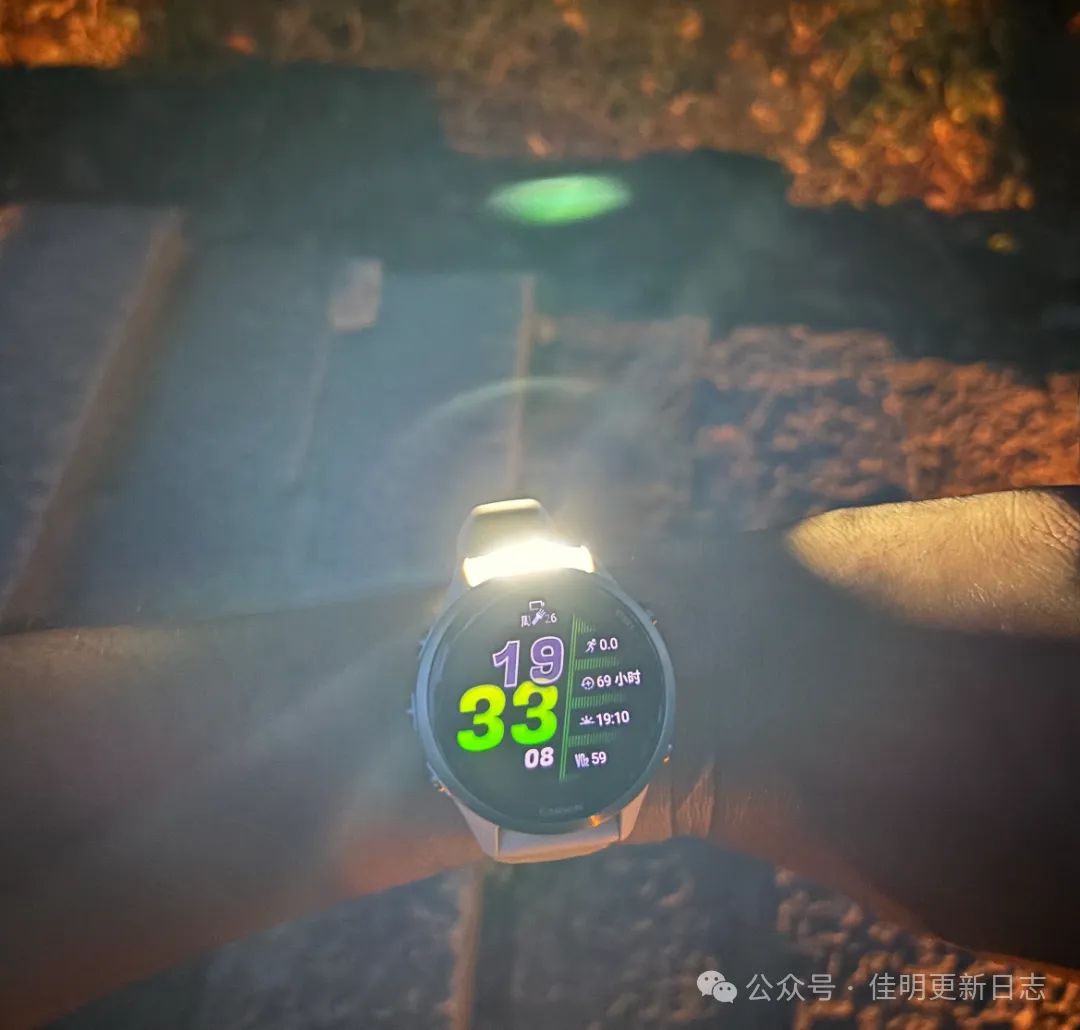
Step Speed Loss - The Most Significant New Feature
The most significant advancement in the 970 is the introduction of “Step Speed Loss” (SSL) metrics when paired with Garmin’s latest HRM-600 heart rate strap. This feature is only available with this specific combination (HRM-600 + Forerunner 970) - replacing either device will prevent you from measuring this metric.
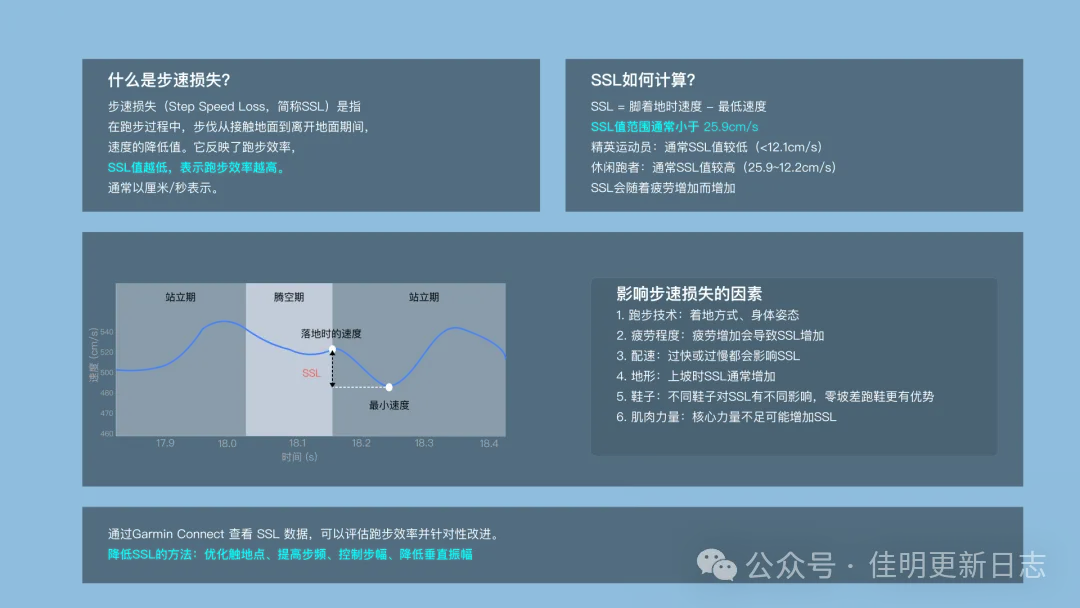
Step Speed Loss measures how much your forward speed decreases with each foot strike, measured in centimeters per second. Think of it as the braking effect when your foot hits the ground - lower values indicate more economical running form with less energy wasted on vertical movement.
I had hoped to test this feature during my May 25th long-distance run, but unfortunately, Garmin’s manual doesn’t emphasize that Step Speed Loss must be measured in secure BLE mode. I mistakenly assumed that, like previous running dynamics data, Garmin would use ANT+ mode for connection. As a result, there was no Step Speed Loss data recorded, which was quite disappointing given the high quality of that training session.
During my May 28th 12km run, I finally properly observed Step Speed Loss over a significant distance.
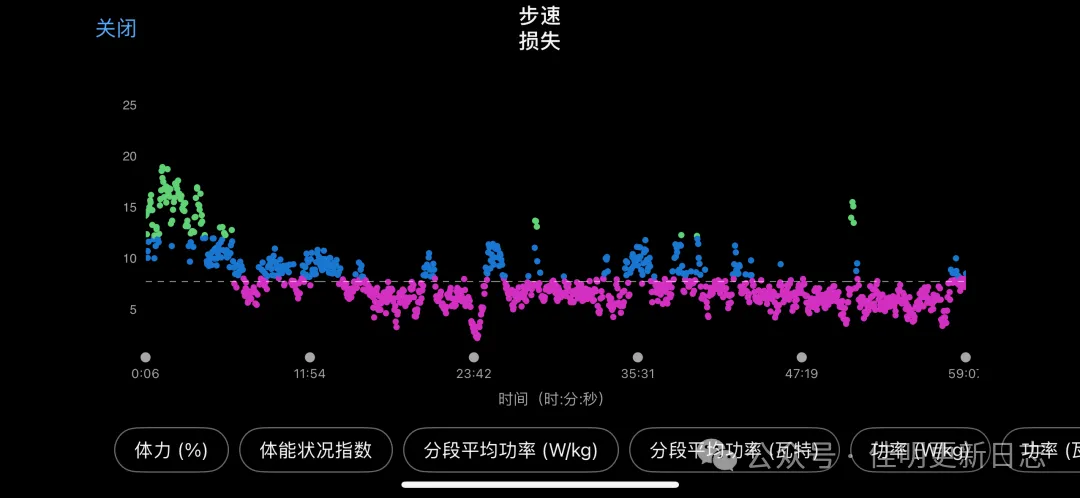
In the following chart, Garmin uses colors to distinguish SSL percentiles:

- Purple dots represent elite level (SSL < 8.2 cm/s) - smooth running like a professional! My average SSL during this run was 7.8 cm/s, which Garmin rates as elite level.
- Blue dots indicate excellent performance (SSL between 8.2 - 12.1 cm/s), showing good control of landing impact.
- Green dots represent average performance (SSL between 12.2 - 19.7 cm/s), with room for improvement.
- Orange and red dots indicate less ideal levels of loss.
It’s worth noting that good running economy doesn’t necessarily mean you’ll run faster than others. Some people have naturally strong absolute power and can achieve good results despite less efficient form. Like a careless but brilliant student, or a thin camel that’s still larger than a horse.
However, for most runners with limited training time, we want to maximize efficiency. Running more economically is always beneficial.
The best thing about SSL is that it helps us more intuitively find ways to improve economy. From my experience and these charts, it’s essentially about balancing the classic triad of ground contact time, cadence, and stride length.
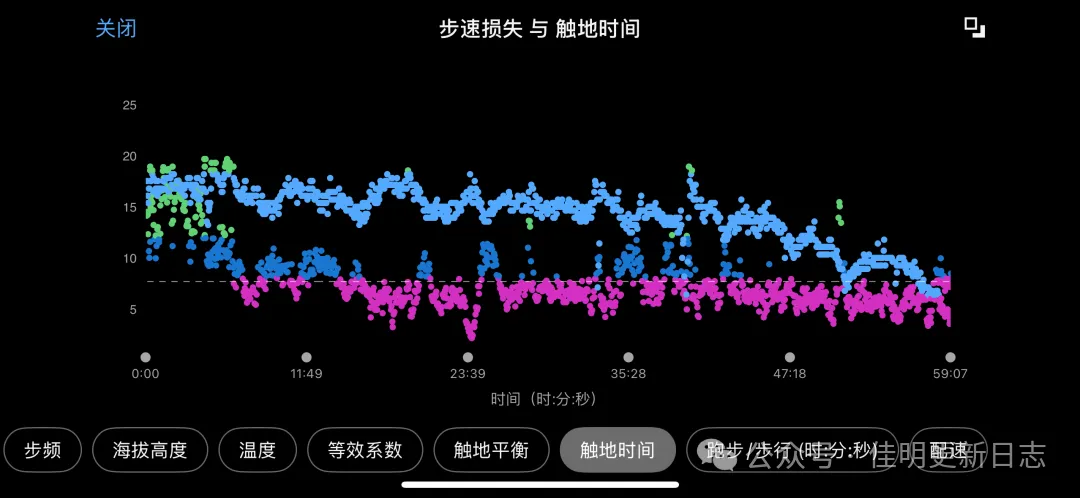


To reduce SSL, you can try:
- Optimize foot strike position: Try to land more under your body rather than striking with your heel or overstriding, which creates a braking effect.
- Moderately increase cadence: Higher cadence usually correlates with shorter ground contact time, helping reduce braking forces.
- Control stride length: Excessive stride length can easily increase SSL; finding your economical stride length is important.
- Reduce vertical oscillation: Follow Garmin’s advice to ‘reduce bouncing’ for more stable running form.
The core principle is to reduce landing impact and braking forces, minimizing energy loss with each step.
Overall, Step Speed Loss (SSL) is a valuable new metric that allows us to examine our running form and energy efficiency from a new dimension. If you have Garmin’s latest heart rate strap and the 970, I strongly recommend paying attention to your SSL data!
Buying Recommendations
Finally, some purchasing advice. The 970 currently comes with a premium price tag - ¥1,000 more than the 965’s launch price. If you want to unlock the Step Speed Loss feature, you’ll need to invest another ¥690 for the HRM-600 chest strap.
If you’re already using a Forerunner 955 or 965, upgrading may not be necessary unless the specific new features are important to you. Based on my observations, the 970 is currently in limited supply as production ramps up, making it more of a seller’s market. Why not let the dust settle a bit? If your budget is unconstrained, feel free to ignore my advice and go for it.
Compatibility with GameraSnap
Like other Garmin watches in the Forerunner series, the 970 works perfectly with our GameraSnap app, allowing you to remotely control your smartphone camera directly from your wrist. This integration makes the 970 not just a premium fitness watch but also a versatile tool for photography enthusiasts.
Conclusion
The Garmin Forerunner 970 represents an incremental but meaningful upgrade over previous models. While it maintains the same processor, the improvements in display quality, UI refinements, new features like voice commands and Step Speed Loss metrics, and the future-proofing with ECG capability make it a compelling option for new buyers.
For existing 965 users, the decision to upgrade should depend on how much you value these new features and whether your budget allows for the premium price tag.
📸 About GameraSnap: The Ultimate Camera Remote for Garmin Watches
GameraSnap is an innovative camera remote control app designed specifically for Garmin smartwatches.
Control your smartphone camera directly from your Garmin watch—perfect for workout selfies, group shots, or capturing your training achievements. Compatible with both iOS and Android, GameraSnap makes hands-free photography simple and fun.
Learn more about GameraSnap and get more from your Garmin watch!
Train smart, recover well, and capture every moment with Garmin and GameraSnap!
